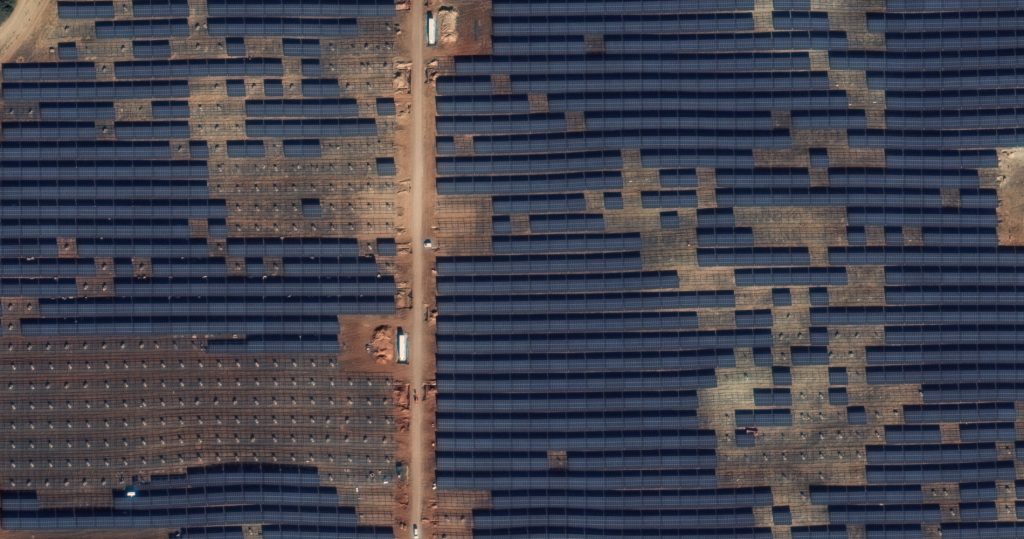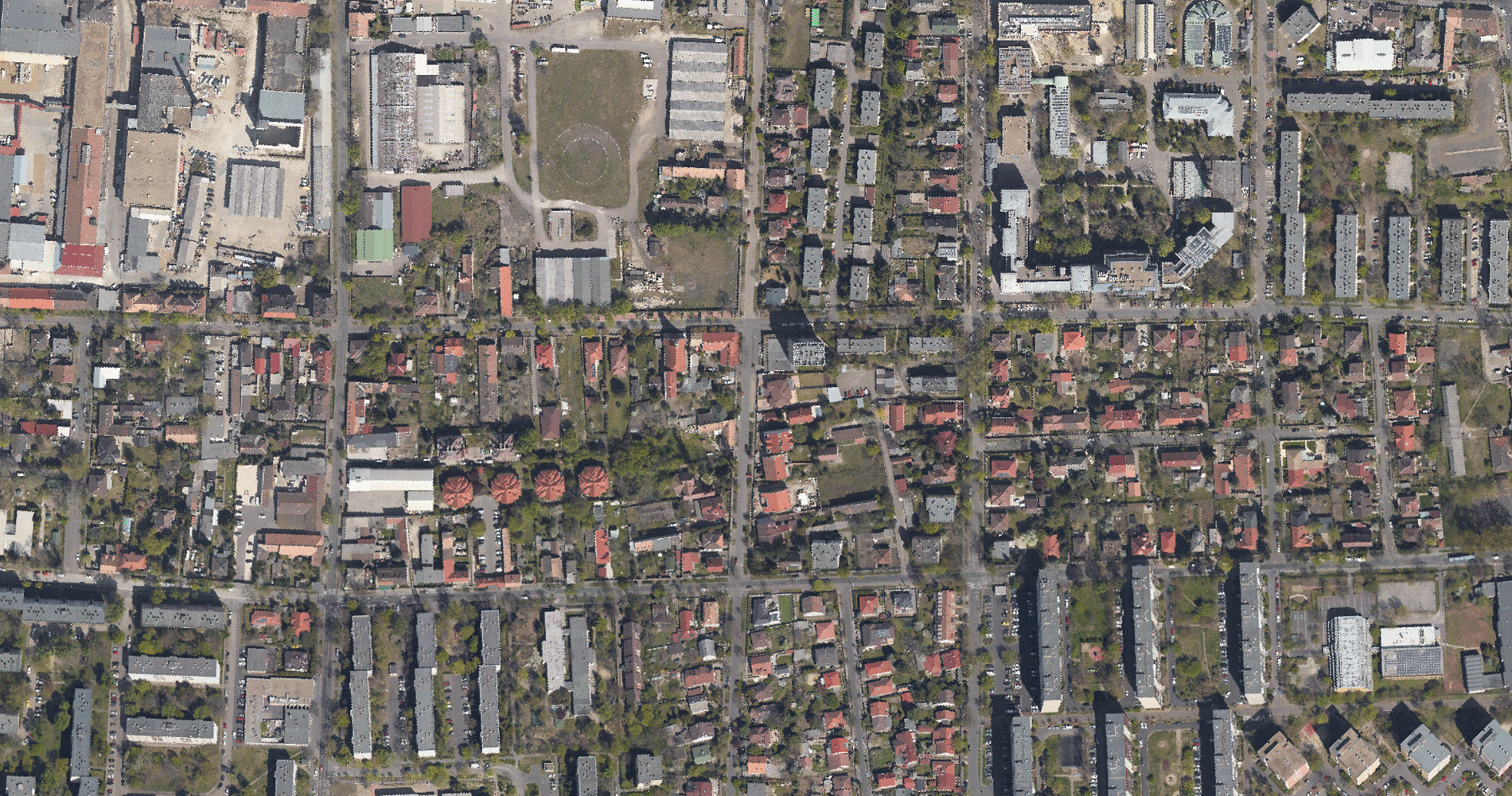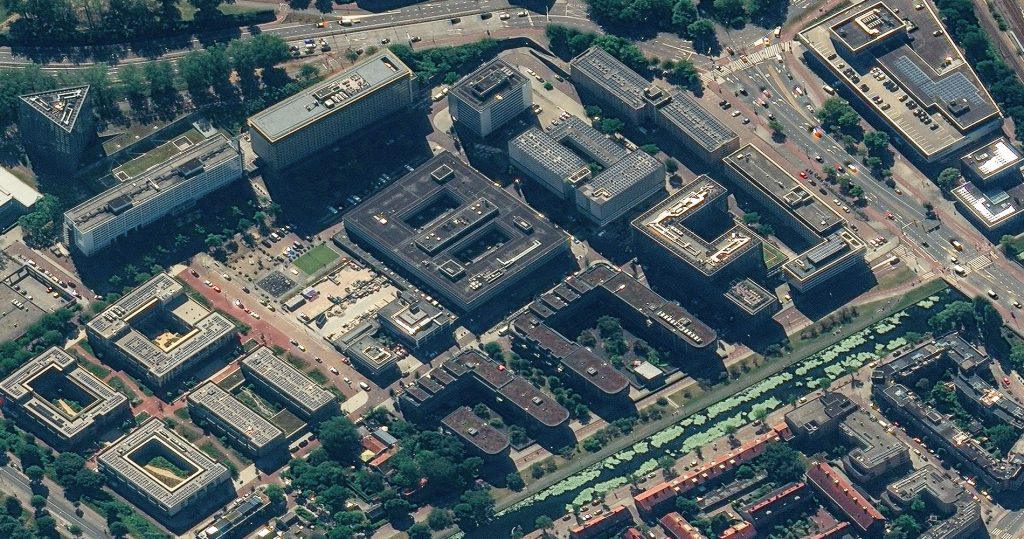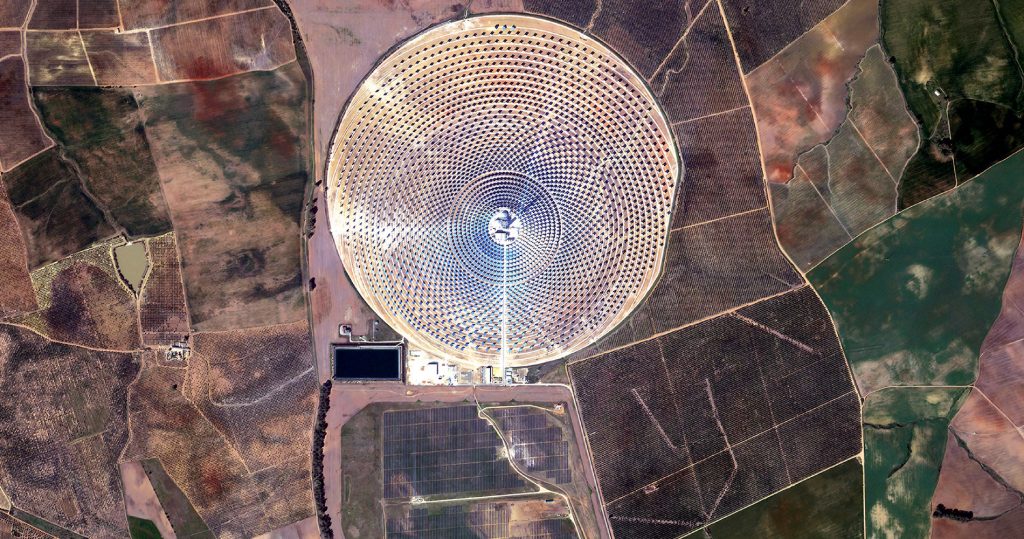Managing Solar Energy with Satellite Based Earth Observation
- Skye Boag, Marketing Manager at European Space Imaging
- 5 October, 2022
While Russia remains in conflict with Ukraine, and the future of the Russian oil and gas supply is uncertain, the EU is now faced with the challenge to reduce its energy dependence on Russia, requiring a backup plan for its energy efficiency. It is widely known that the EU has long been a front-runner in the distribution of solar energy and through the European Green Deal and the newly publicised REPowerEU Plan, the EU have turned solar energy into a building block of their transition towards clean energy, as well as weaning countries off Russian fossil fuels. In order to do this, new sites must be selected and existing sites managed efficiently. A cost and time efficient method to do this is by using Very High Resolution (VHR) satellite imagery for energy site selection and to monitor and manage existing grid and renewable energy infrastructure.
What is REPowerEU?
The REPowerEU Plan was created as a means to support Ukraine in response to Russia’s aggression, to replace fossil fuels in homes and to speed up the transition of a sustainable future in Europe with the aid of renewables so that the 2030 climate targets and the Green Deal can be achieved. By increasing energy savings, diversifying the energy supply and encouraging early adoption of renewal energy, it aims to make Europe’s energy future less volatile and the winter times less challenging. This will have a direct effect on the EU Solar Strategy and the Solar Rooftop Initiative that will make it obligatory to install solar panels on the top of new buildings and can be monitored from space with satellites, taking imagery at regular intervals throughout the construction lifecycle from site selection through to closing. Furthermore, the imagery can be fed into AI software to automatically detect the presence of solar panels. Ecopia Global Feature Extraction (GFX) allows for solar panels, and so many other features to be automatically classified and extracted, providing decision makers with fast and reliable insights to ensure legislation is being adhered too.
Solar Energy in Europe
Solar energy has been rapidly growing at a high pace in Europe as part of their aim to become the world’s first climate-neutral continent by 2050, the key objective behind the European Green Deal. It is a cheap, clean, modular and flexible energy source that has seen an 82% decrease in costs over the last decade, making it the most competitive source of electricity in many areas of the EU. The “Paris Agreement” has created the necessity for expanded renewable energy infrastructure across Europe. The traditional methods of site selection and planning using registry office maps, manual inspections and aerial photos cannot keep up. Cutting edge methods for efficient site selection and planning that utilise satellite imagery in combination with Artificial Intelligence (AI) and big data processing are currently underway. Some of these new highly automated approaches utilising VHR satellite imagery include: detection of suitable infrastructure sites based on current land use maps, shade vs. sunlight evaluation for solar farms and calculations for total rooftop areas available for solar panels.
Transitioning with Geospatial Data
Geospatial data is of critical importance to the energy transition. Grid operators and electricity market participants need to know precisely where solar facilities are in order to accurately predict the amount of energy they are or will be generating. Mapping the solar parks assists this process and can also determine any potentially negative impacts that the solar plant is having on the surrounding environment, as these sites cover large areas and compete with agriculture or nature for scarce land. One solution to combat the negative impacts that solar plants can have on the surrounding environment and remove the agricultural competition barrier is the use of floating solar panels. Not only do these not require any land for installation, but they come with the added benefit of being cooled by the water that they float upon which increases their energy efficiency. However, the challenge of searching for suitable locations – whether it be on artificial water surfaces or natural – can be time and resource intensive. Accessible earth observation data can enhance clean energy projects by enabling monitoring energy capacity and maintenance status at scale. It allows for the comparison of total square meters of a solar panel deployment with the megawatts it produces and can determine the evolution of the area adequately covered by panels and measure any adverse agricultural impacts. Satellite imagery at resolutions of 30 cm – 1 m is a powerful tool when it comes to identifying a location for solar panel deployment. High revisit rates are paramount to ensure sufficient imagery for monitoring; the Satellogic Aleph constellation can collect more than 4 million sq km of data per day and has a revisit rate of up to 4 times per day at 70 cm. Whilst the Maxar WorldView constellation collects 3.8 million sq km of data with intraday revisits. The combination of these constellations provides the user with an enormous amount of data and high intraday revisits. Utilising this, an expert in solar energy can assess high-resolution imagery to understand if specific terrain, be it land or water, could house a solar panel farm, define the potential size of a solar panel deployment, and comply with urban planning best practices.
Satellite Imagery Sourcing Solar Sites
The major advantage of using satellites to select and monitor solar sites is that they can cover large spatial areas in a short amount of time and often via a single image. Operating in space, they are not restricted by hard to access terrains or remote locations that are inaccessible by other technology and therefore can easily scout potential locations for the solar panel farms, as well as providing information for various measurement platforms. Going one step further, via the Maxar WorldView constellation, 30 cm resolution can be processed at 15 cm HD giving higher visual clarity with increased accuracy for the identification of solar panels. Europe has a bright solar future and it remains one of the fastest growing renewable energies for region. Incorporating satellite-based earth observation will help to fast track this by providing advanced insights that can be used for forecast models, information products and other tools to improve decision making – be it at an organisational or policy-making level.
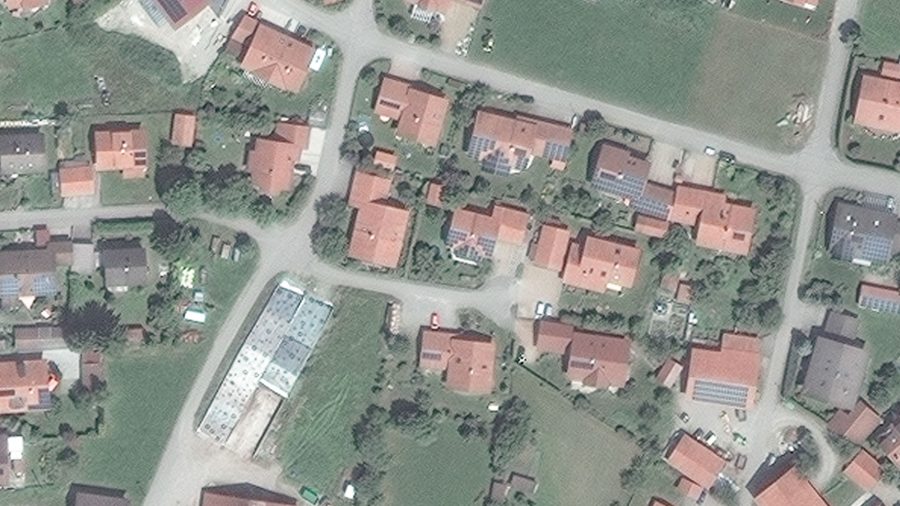
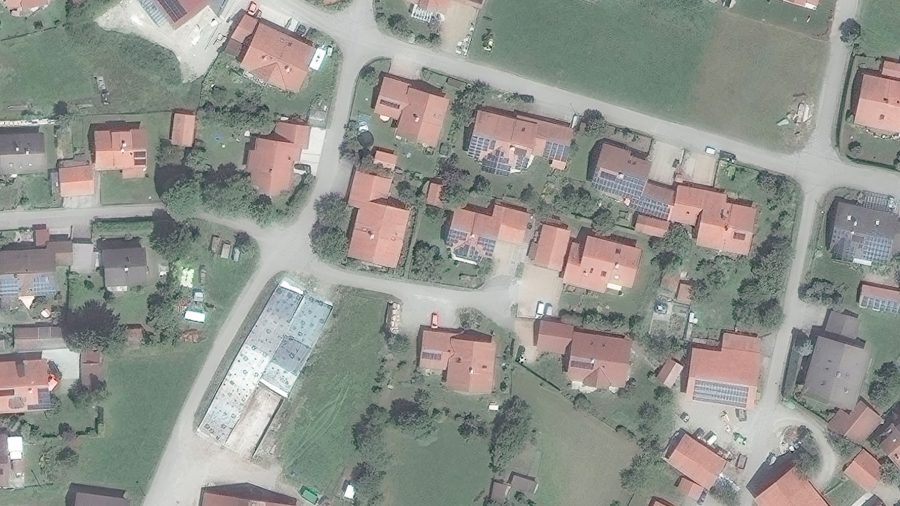
Rooftop solar panel comparison between 30 cm and 15 cm HD imagery
Satellite imagery © 2022 Maxar Technologies Provided by European Space Imaging
Related Stories

The Successful Launch of Maxar’s WorldView Legion and the Impact on European EO Applications
The first four long awaited WorldView Legion Satellites are now orbiting Earth. What does this mean for space-based remote sensing projects around Europe? In this webinar, EUSI is joined by representatives from Maxar Technologies. We discuss the unique technology within these satellites and how this significant increase in capacity of 8-band multispectral 30 cm class imagery is already poised to impact ongoing projects and increased demand across all sectors including Large Area Mapping, Security, Emergency Response, Agriculture and Research/Education.
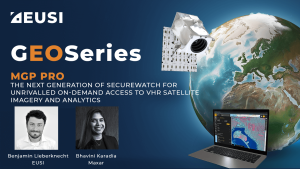
MGP Pro Demonstration
Instant access to VHR satellite imagery via web or API. European Space Imaging recently recorded a webinar in which they demonstrated all the functionality of
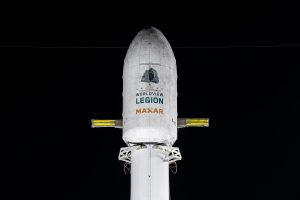
EUSI Will Soon Offer Intraday Monitoring Across Europe After Maxar’s Second Successful Launch of WorldView Legion Satellites
With the successful launch of Maxar Intelligence’s second set of WorldView Legion satellites, European Space Imaging (EUSI) will soon offer up to eight daily collection opportunities in key latitudes across Europe and North Africa – a number that will increase after the final WorldView Legion satellites are launched and all six satellites are operational.
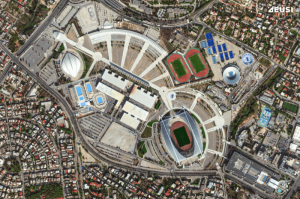
A Bird’s-Eye View: Olympic Stadiums of Europe from Space
The whole world is watching the Olympic Games in Paris with bated breath. But it’s not the first time the Summer Olympics have been held in Europe – 14 stadiums have been built across 10 countries, each of them unique and capturing the spirit of the cities that hosted them. Which one is your favourite?

